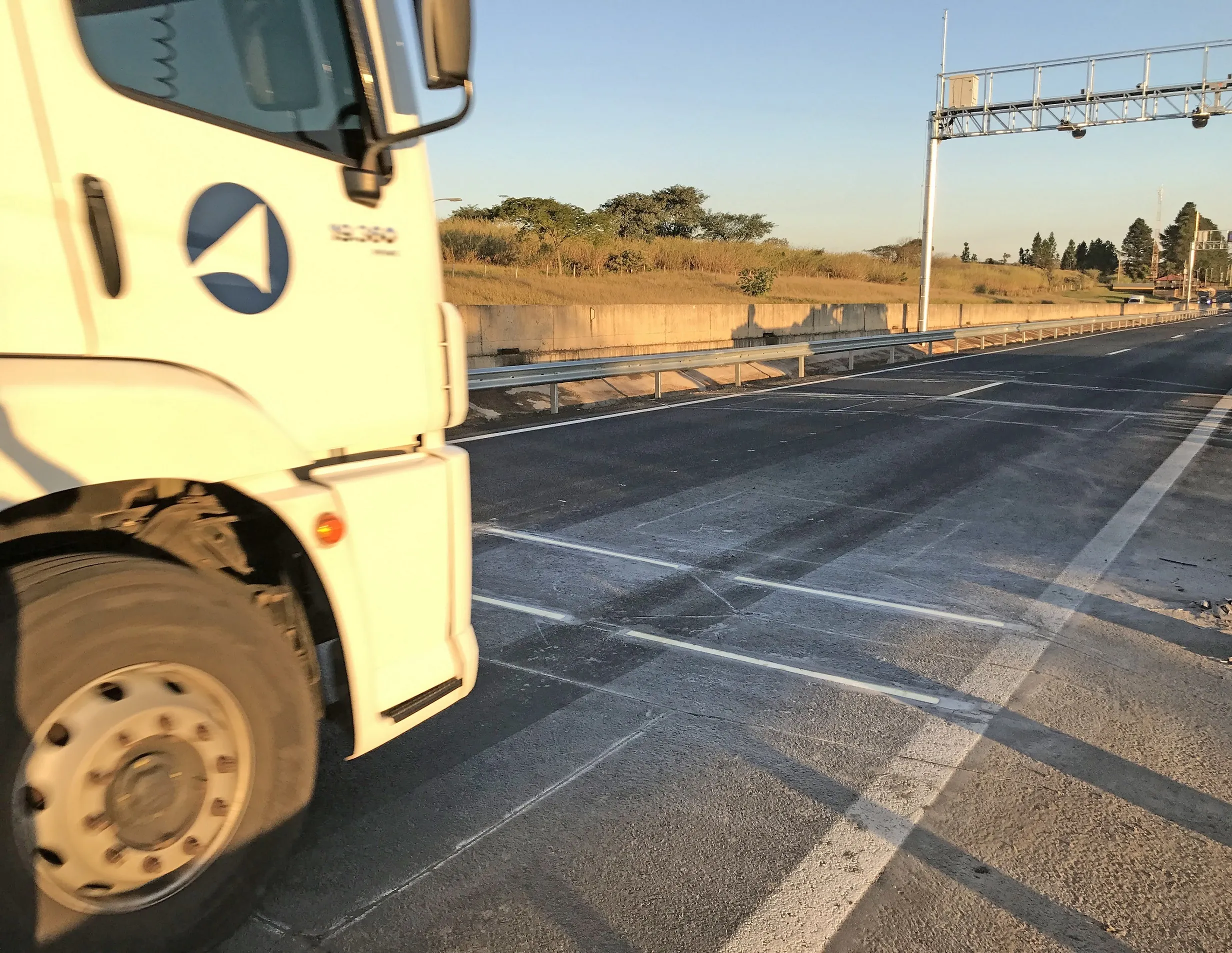Dynamic message signs supplier SES America has been recognised by NQA, a third party accreditation body, following a month-long evaluation of its systems and services, including all steps in manufacturing and maintaining ITS equipment while focusing on customer satisfaction.
March 2, 2017
Read time: 1 min
Dynamic message signs supplier
ISO 9001 is a certified quality management system for organisations which want to prove their ability to consistently provide products and services that meet the needs of their customers and other relevant stakeholders.










